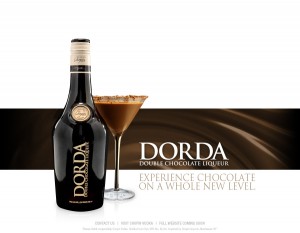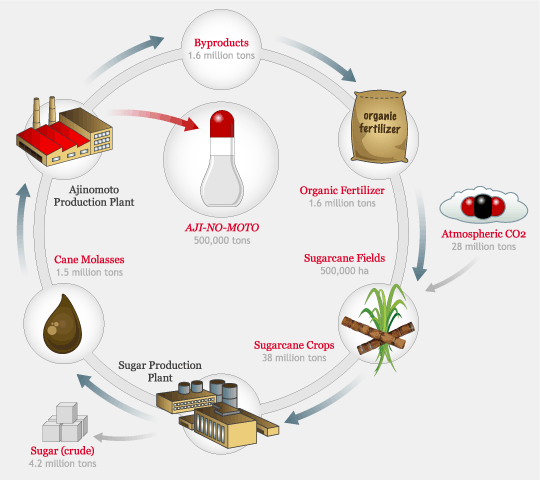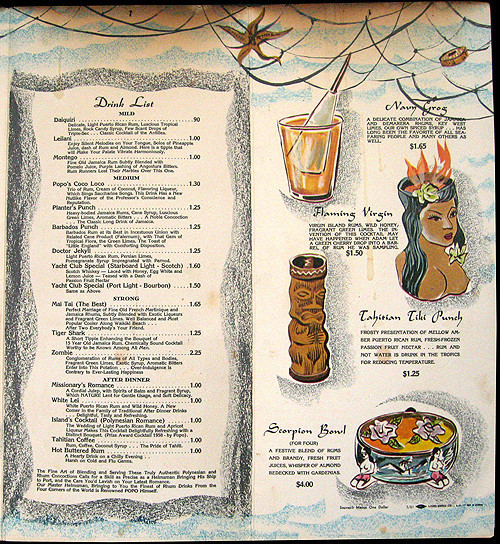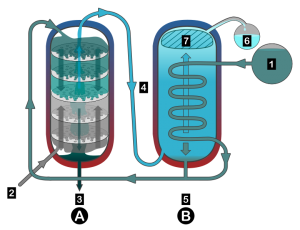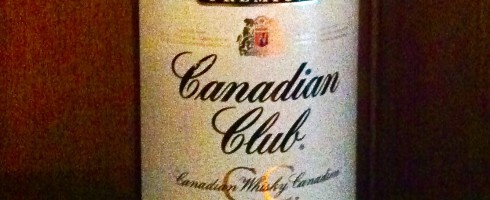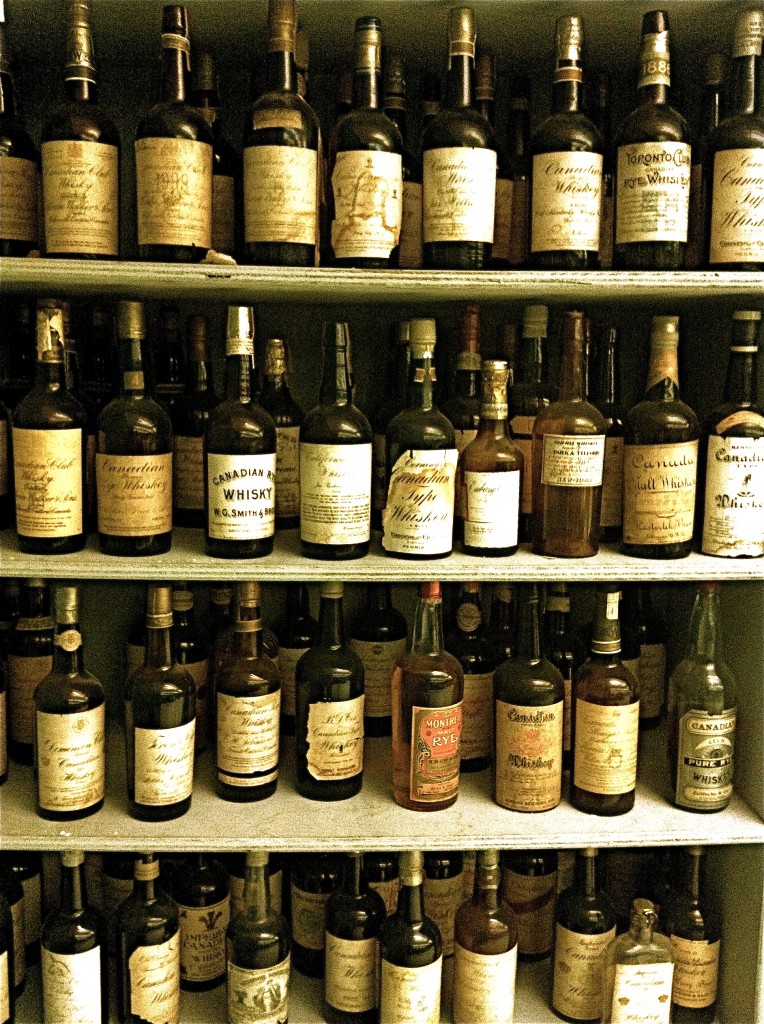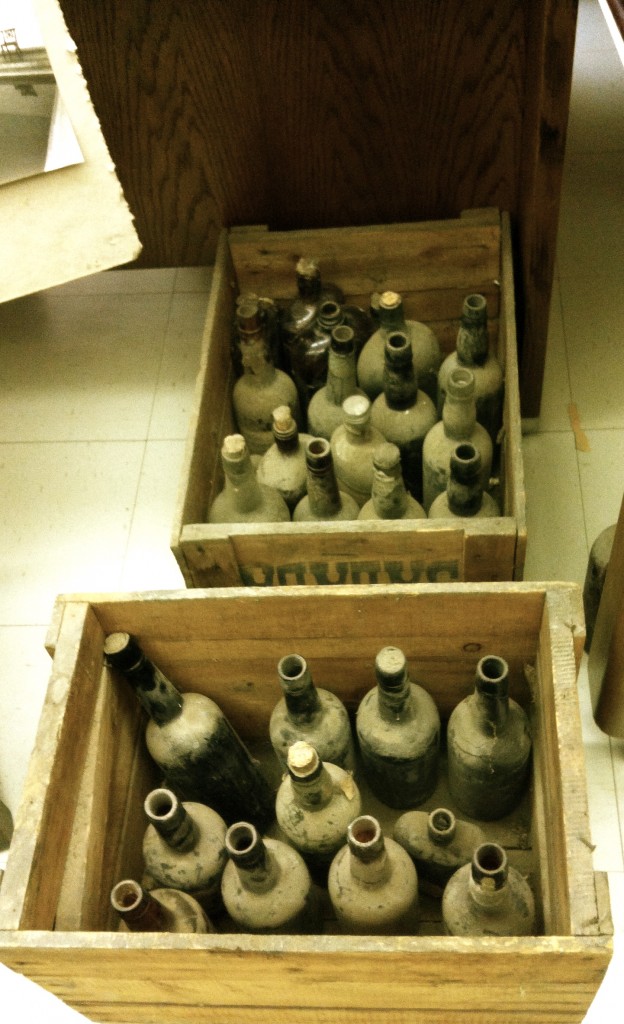Endings and New Beginnings.
11 Nov
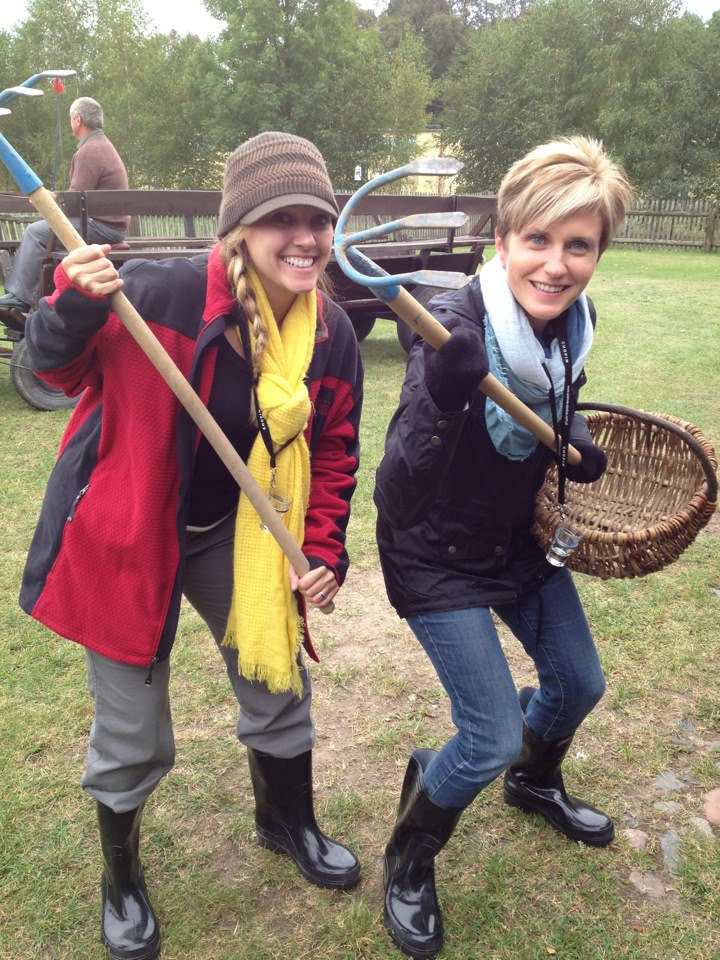 Sitting in the Krakow airport getting ready for another adventure I think about the last one I just had. This was the final AMCA for Bridget Albert in Illinois. I have truly been honored to have these experiences and I could not have done it without her mission to educate and put on programs like this. I hope that whatever avenue I end up strolling along I keep this mission to educate and raise the bar for how we operate in the beverage community. The AMCA promotes education through traveling to different distilleries and experiencing the culture which amazing products are born from. These experiences provide us with an insiders look on how and why people do what they do, highlighting their passion. Obviously there is the given… we go to these amazing countries…. and there is usually booze involved…. How much I can not confirm ;). What sets this program apart from just the obvious is the extras that bridget has incorportated. Perhaps a certification, a volunteer opportunity, visiting museums and so much more. Constantly pushing to confront and conquer as a team. I have been humbled time and time again with this amazing lady guiding us through. I’m sure as much as we have learned from her and been supported in conquering fears we have done the same for her, the sign of a true team with an wonderful leader. From the emotional journey of Auschwitz to deep cavernous salt mines and all the crazy means of transportation, boats, planes, helicopter, horses, buses, motorcycles…. we have done it all and most importantly together and we bring back a sense of accomplishment for facing fears, experiencing once in a life time journeys, a better understanding of people and cultures from around the world that humble you instead of being a pretentious beverage professional( not that anyone would ever be ). I think with a different leader/ninja master that was not as caring, loving, supportive and non judgmental we would not have seen these journeys in the same light. I feel like through these classes from the 101 to the AMCA 2011 to the AMCA 2012 I have had the opportunity to be exposed to the things I am truly passionate about that no one has up until this point really put together a program that exposed to me the possibilities of this industry. I know that educating and traveling and giving other people the oppurntity to do the things I have been so blessed to do will be part of my mission in life. I am a better person, beverage professional and have made life long friends in a beautiful community that continues to educate and support each other. I look around and see my previous classmates becoming brand ambassadors, taking over beverage programs, becoming the USBG council and more importantly coming together as a community and raising over 8,000$ for the devastating affects of hurricane sandy. These people never seem to amaze me! I’m blessed to be apart of something so wonderful and Bridget’s class was the introduction to all these wonderful people and the door to show me all the possibilities in this industry. Thank you Bridget for being a wonderful mentor and I hope to be able to give other people the opportunities I have had. I love you!
Sitting in the Krakow airport getting ready for another adventure I think about the last one I just had. This was the final AMCA for Bridget Albert in Illinois. I have truly been honored to have these experiences and I could not have done it without her mission to educate and put on programs like this. I hope that whatever avenue I end up strolling along I keep this mission to educate and raise the bar for how we operate in the beverage community. The AMCA promotes education through traveling to different distilleries and experiencing the culture which amazing products are born from. These experiences provide us with an insiders look on how and why people do what they do, highlighting their passion. Obviously there is the given… we go to these amazing countries…. and there is usually booze involved…. How much I can not confirm ;). What sets this program apart from just the obvious is the extras that bridget has incorportated. Perhaps a certification, a volunteer opportunity, visiting museums and so much more. Constantly pushing to confront and conquer as a team. I have been humbled time and time again with this amazing lady guiding us through. I’m sure as much as we have learned from her and been supported in conquering fears we have done the same for her, the sign of a true team with an wonderful leader. From the emotional journey of Auschwitz to deep cavernous salt mines and all the crazy means of transportation, boats, planes, helicopter, horses, buses, motorcycles…. we have done it all and most importantly together and we bring back a sense of accomplishment for facing fears, experiencing once in a life time journeys, a better understanding of people and cultures from around the world that humble you instead of being a pretentious beverage professional( not that anyone would ever be ). I think with a different leader/ninja master that was not as caring, loving, supportive and non judgmental we would not have seen these journeys in the same light. I feel like through these classes from the 101 to the AMCA 2011 to the AMCA 2012 I have had the opportunity to be exposed to the things I am truly passionate about that no one has up until this point really put together a program that exposed to me the possibilities of this industry. I know that educating and traveling and giving other people the oppurntity to do the things I have been so blessed to do will be part of my mission in life. I am a better person, beverage professional and have made life long friends in a beautiful community that continues to educate and support each other. I look around and see my previous classmates becoming brand ambassadors, taking over beverage programs, becoming the USBG council and more importantly coming together as a community and raising over 8,000$ for the devastating affects of hurricane sandy. These people never seem to amaze me! I’m blessed to be apart of something so wonderful and Bridget’s class was the introduction to all these wonderful people and the door to show me all the possibilities in this industry. Thank you Bridget for being a wonderful mentor and I hope to be able to give other people the opportunities I have had. I love you!


